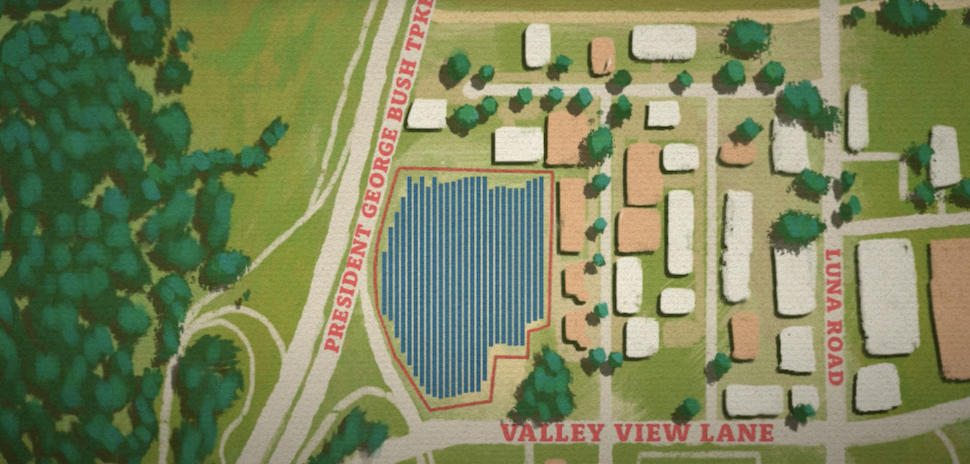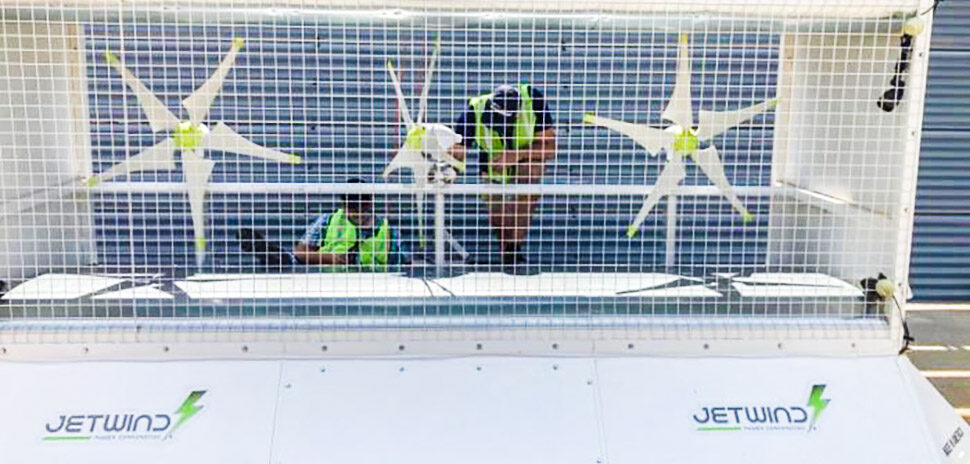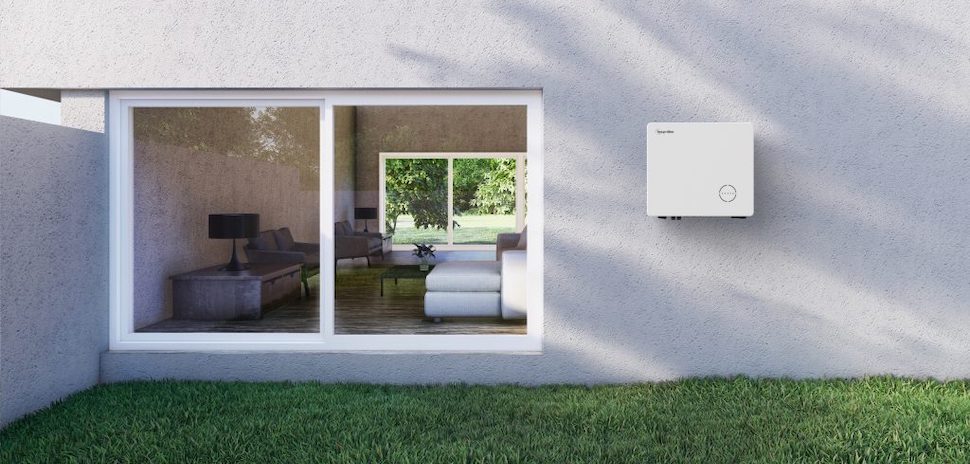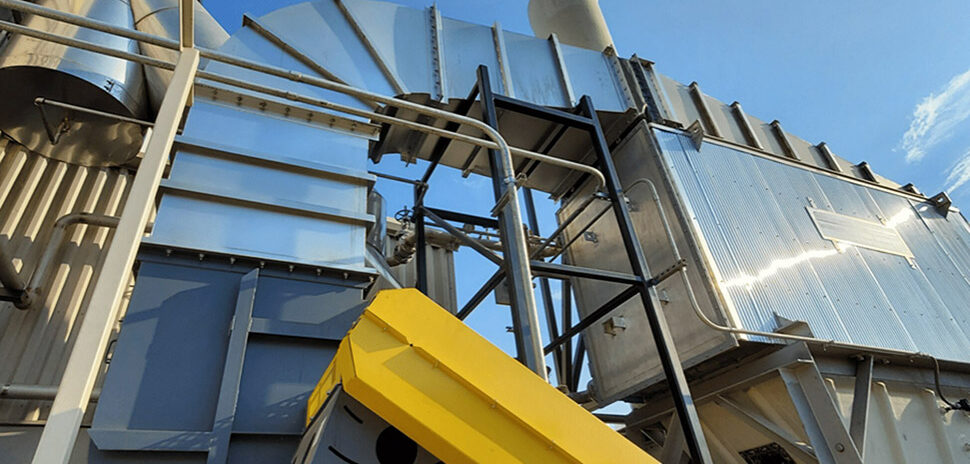Dallas-based Hover Energy’s wind-powered microgrids leverage the wind and solar atop buildings to power offices and systems below. The company has deployed its microgrids as far away as a Royal Navy building in Liverpool, England—and now it’s forged an alliance to help it make rooftop wind energy a trend across the U.S.
South Carolina-based Alternus Clean Energy, a utility-scale transatlantic clean energy independent power producer, announced Thursday that it has entered a strategic alliance with Hover to offer customers “consistent delivery of dependable, clean 24×7 power.”
The alliance will integrate Alternus’ utility-scale solar projects with Hover’s 24×7 wind-powered generators—resulting in combined systems that “will drastically reduce intermittency and minimize the expensive storage capacity needed to achieve full grid independence,” Alternus said. The goal: bringing commercial and industrial customers reliable, 24×7 zero-carbon power “at a competitive cost.”
Under the agreement, Hover will lead development, engineering, construction and commissioning, after which the microgrids will be owned and operated by Alternus. The alliance’s initial phase targets 50 MW of projects “that will provide rapid growth of high margin revenue streams over anticipated 15-year offtake contracts,” Alternus said.
The first project is slated to begin construction in 3Q 2024.
Aiming to ‘turbo-charge’ the growth of both companies
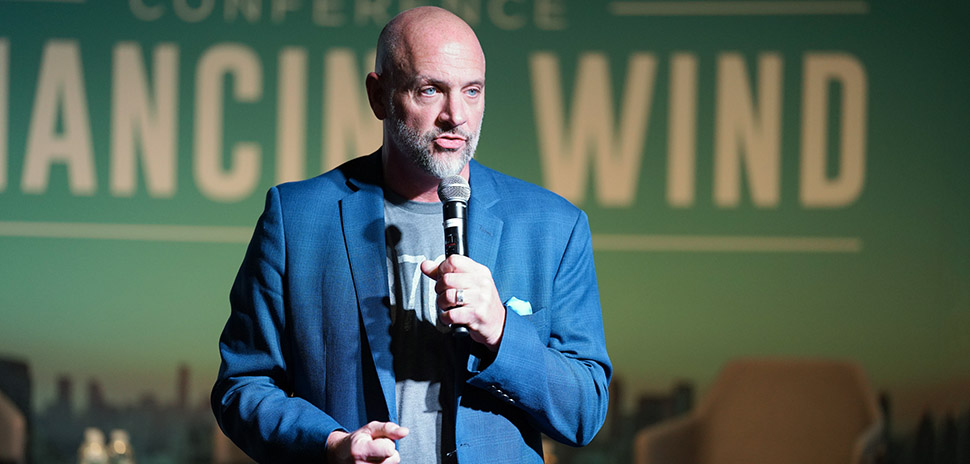
Hover CEO and co-founder Chris Griffin at the 2022 Financing Wind North America Conference. [Photo: Hover Energy LLC]
“Combining forces with Alternus can turbo-charge the growth trajectories of both partners,” Hover CEO Chris Griffin said in a statement. “Our unique wind-driven generating technology and proprietary control systems differentiate the reliability and cost of traditional solar-based power, enhancing our ability to sign attractive PPAs, and deliver on them. Alternus is an established owner-operator with a great track record and access to capital. We’re enthusiastic about joining forces with them to rapidly expand our market.”
Alternus CEO Vincent Browne said the alliance will enable his company to differentiate its commercial and industrial offering “versus traditional solar-only competitors.”
“Hover’s unique and proven wind technology enables each project to generate around the clock,” Browne added in a statement. “The substantially reduced intermittency enables us to limit customer dependence on either expensive storage or the grid to fill the gaps. We believe customers will recognize the power of this innovative and proven solution, giving us both a strong competitive advantage.”
“We look forward to driving rapid growth in North America with Hover and are excited that our first project together will start construction in a few short months,” Browne said.
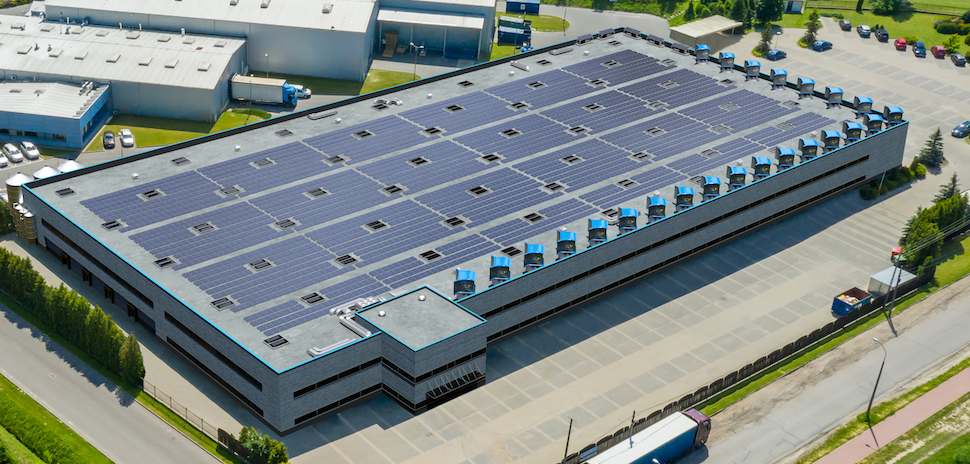
Hover’s microgrid system combines rooftop wind turbines and solar arrays. [Iimage: Hover Energy]
Unlike giant pinwheels on tall towers, Hover’s rooftop wind turbines look at a glance more like industrial air conditioners. Each box-like structure has two sides open to the air, with a vertical-axis turbine that captures wind. But it’s just part of Hover’s microgrid solution.
As we noted in a 2022 story, Hover—which was founded in 2012—designs, develops, and deploys wind-powered, “islanded” microgrids that combine both wind and solar energy generation, enabling companies to reduce their carbon footprint by generating green energy onsite.
Hover’s wind turbines operate fairly silently and have a unique blade design.The spokes in the turbine have the same profile as the blades—something unusual in the industry, the company says. They reduce drag as the turbine is spinning. The advanced aerodynamic design creates efficiencies Hover says are unmatched in the rooftop wind market—without causing noise that bothers the neighborhood.
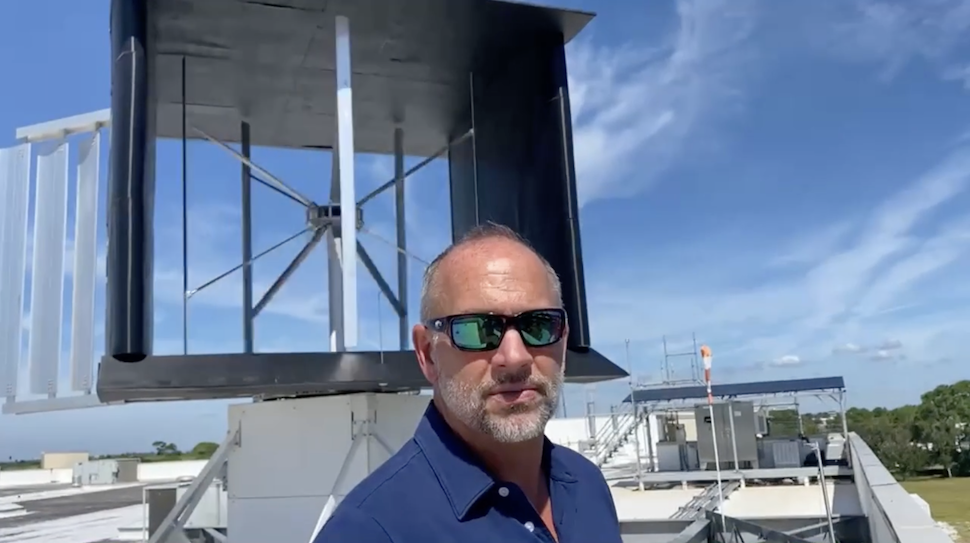
Hover Energy president and co-founder Chris Griffin with one of his firm’s rooftop wind turbines in the U.S.. [Video still: Hover Energy]
In December 2022, Hover acquired Flower Mound-based Shine Development Partners in an effort to further its capabilities ahead of scale production and global rollout of its patented wind-powered microgrid.
![]()
Get on the list.
Dallas Innovates, every day.
Sign up to keep your eye on what’s new and next in Dallas-Fort Worth, every day.


